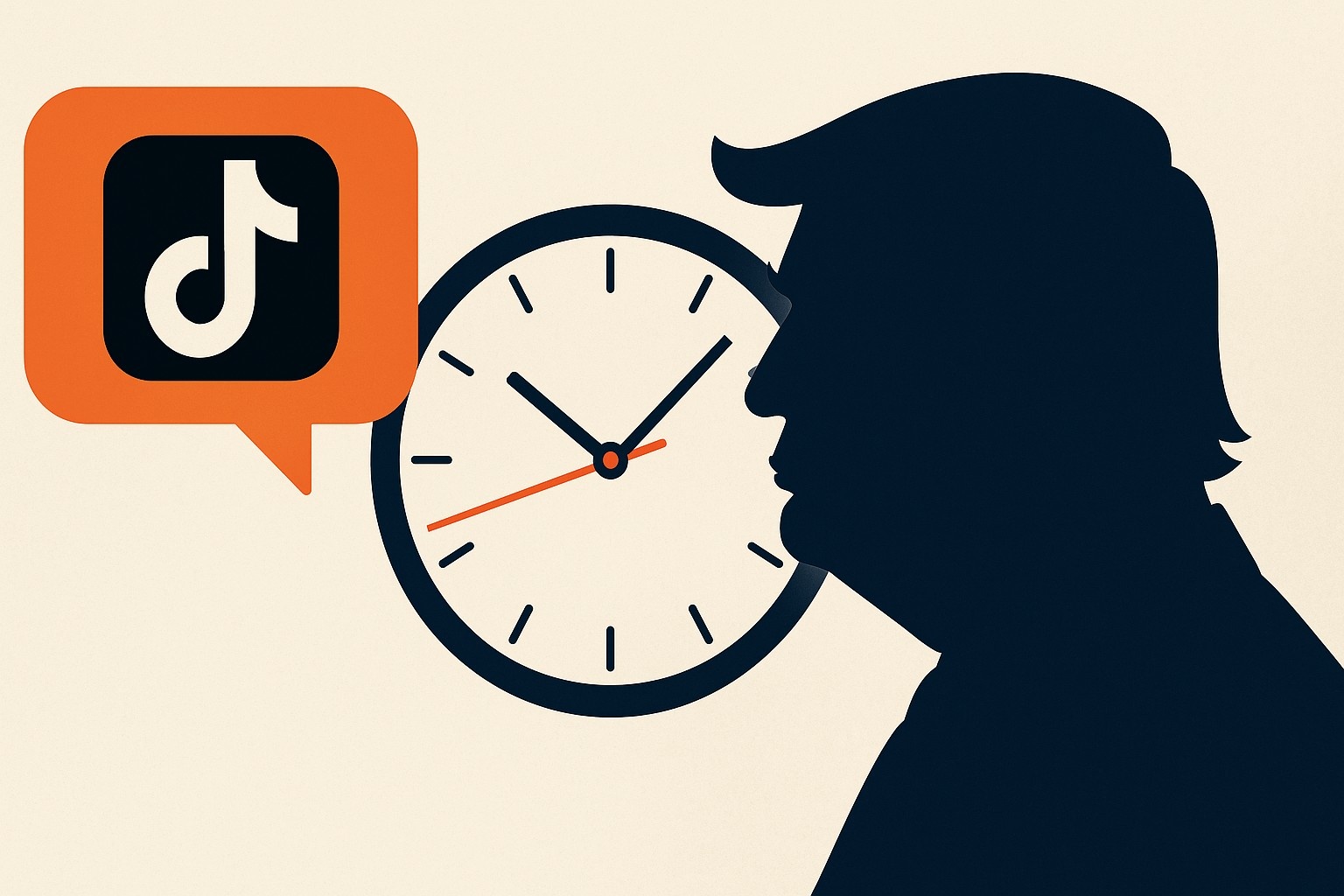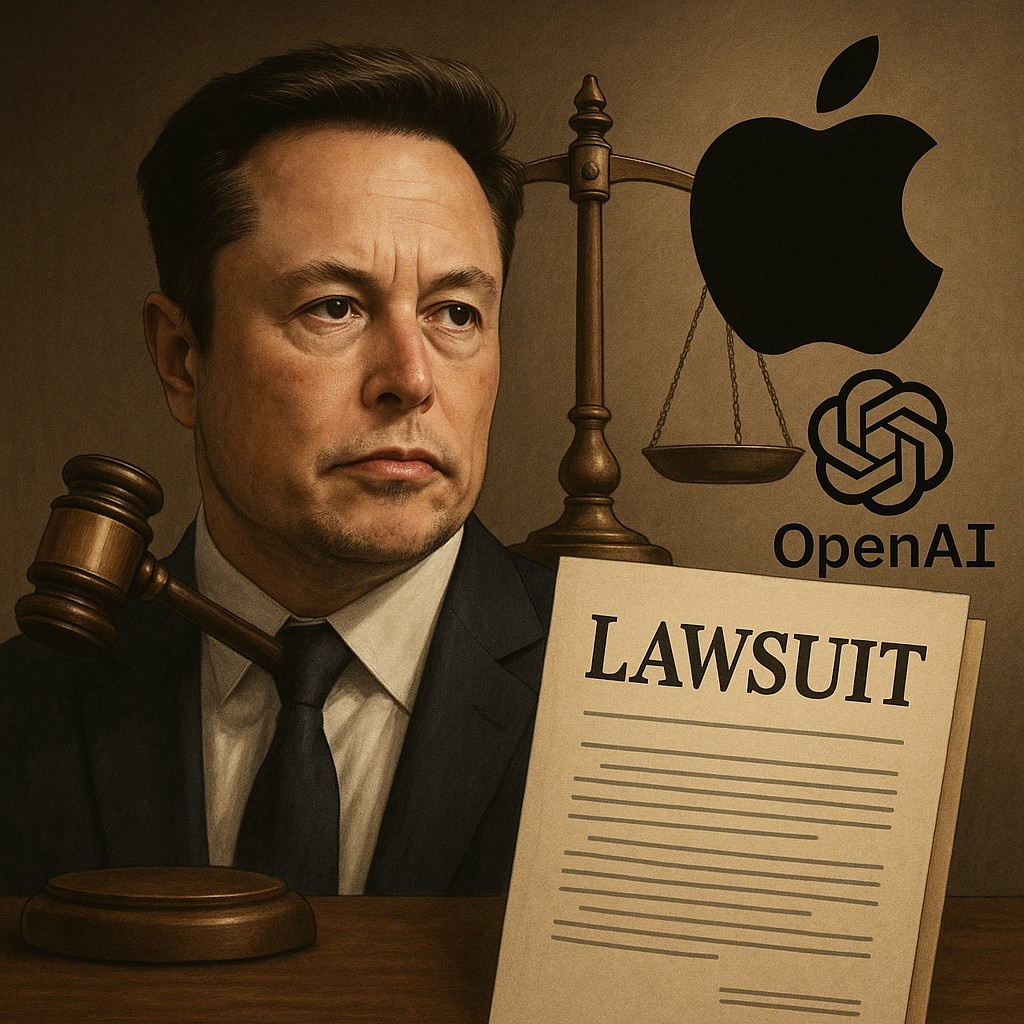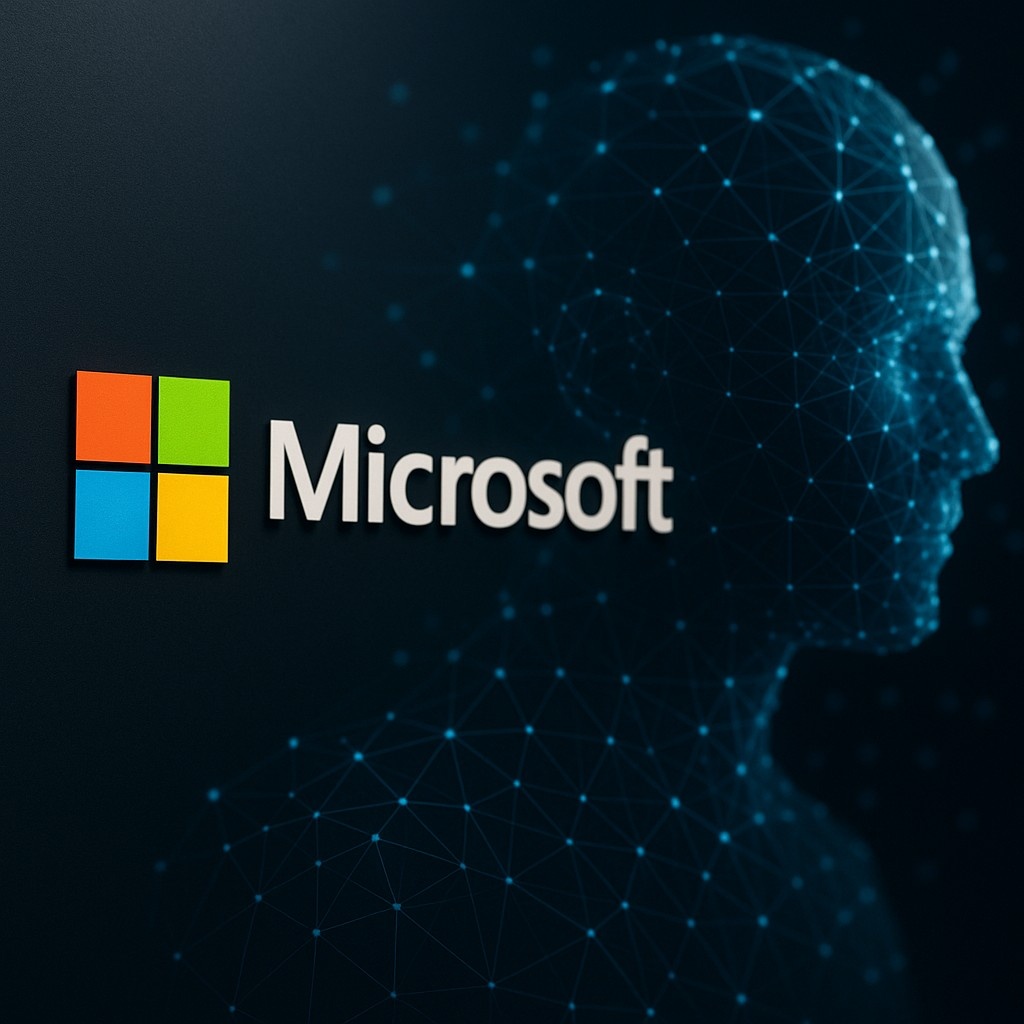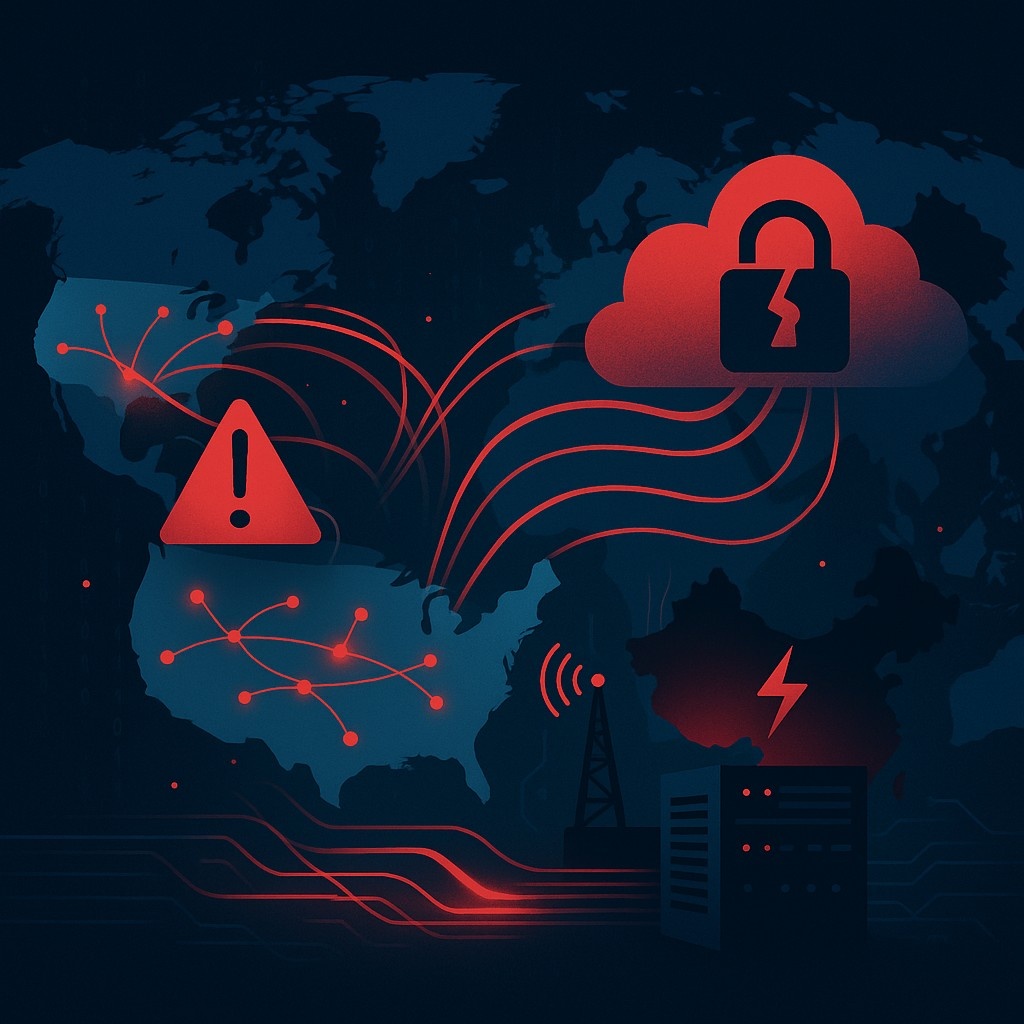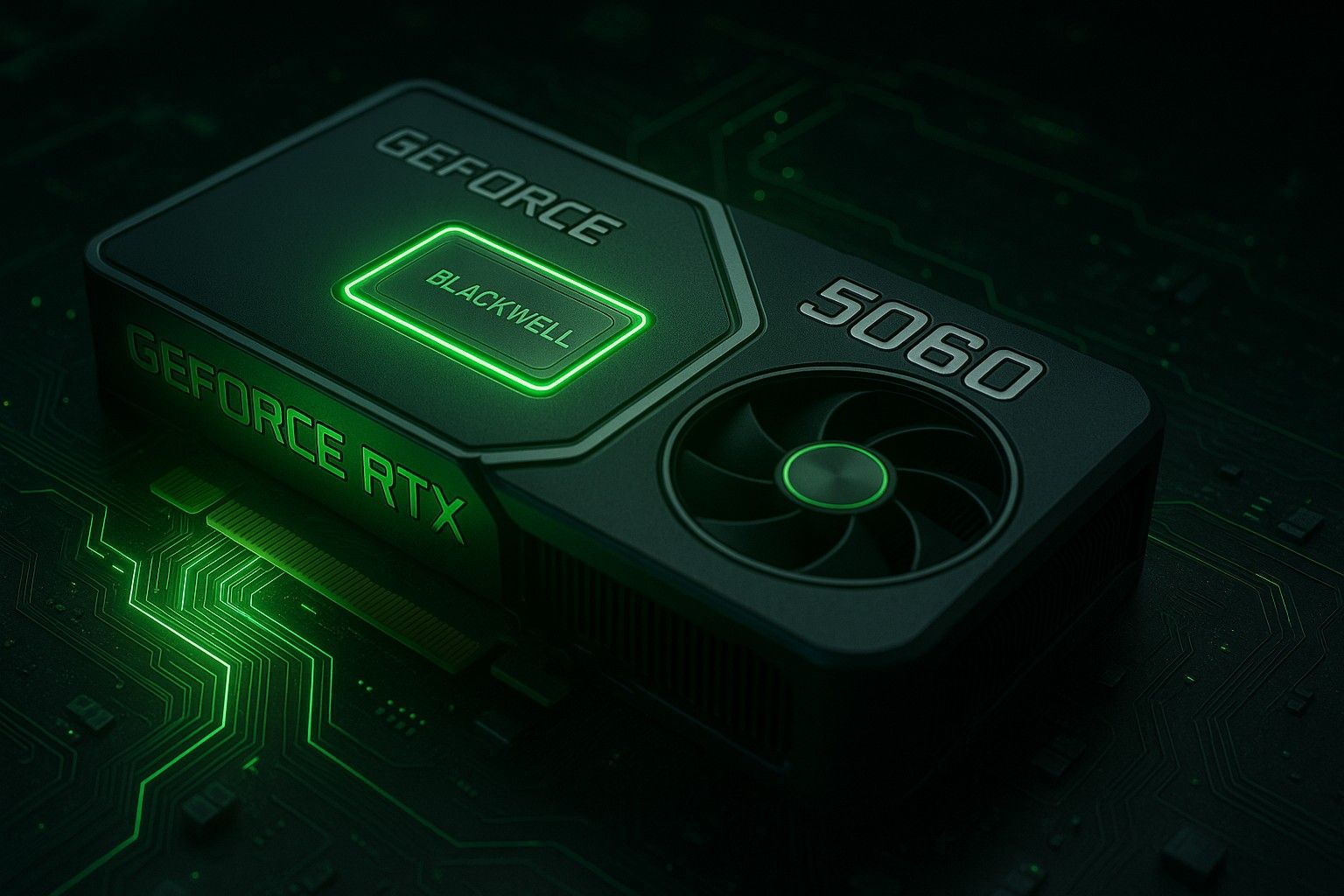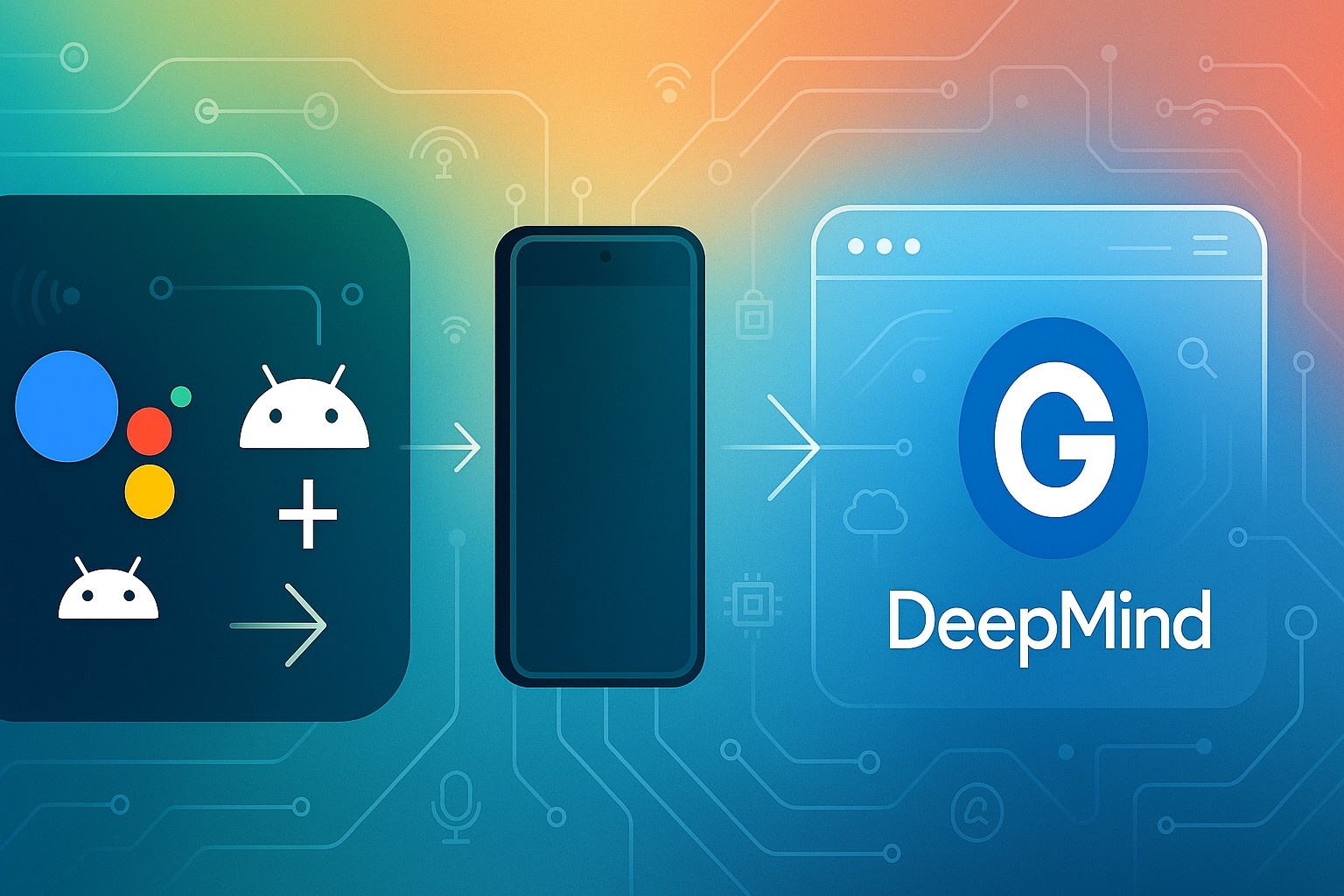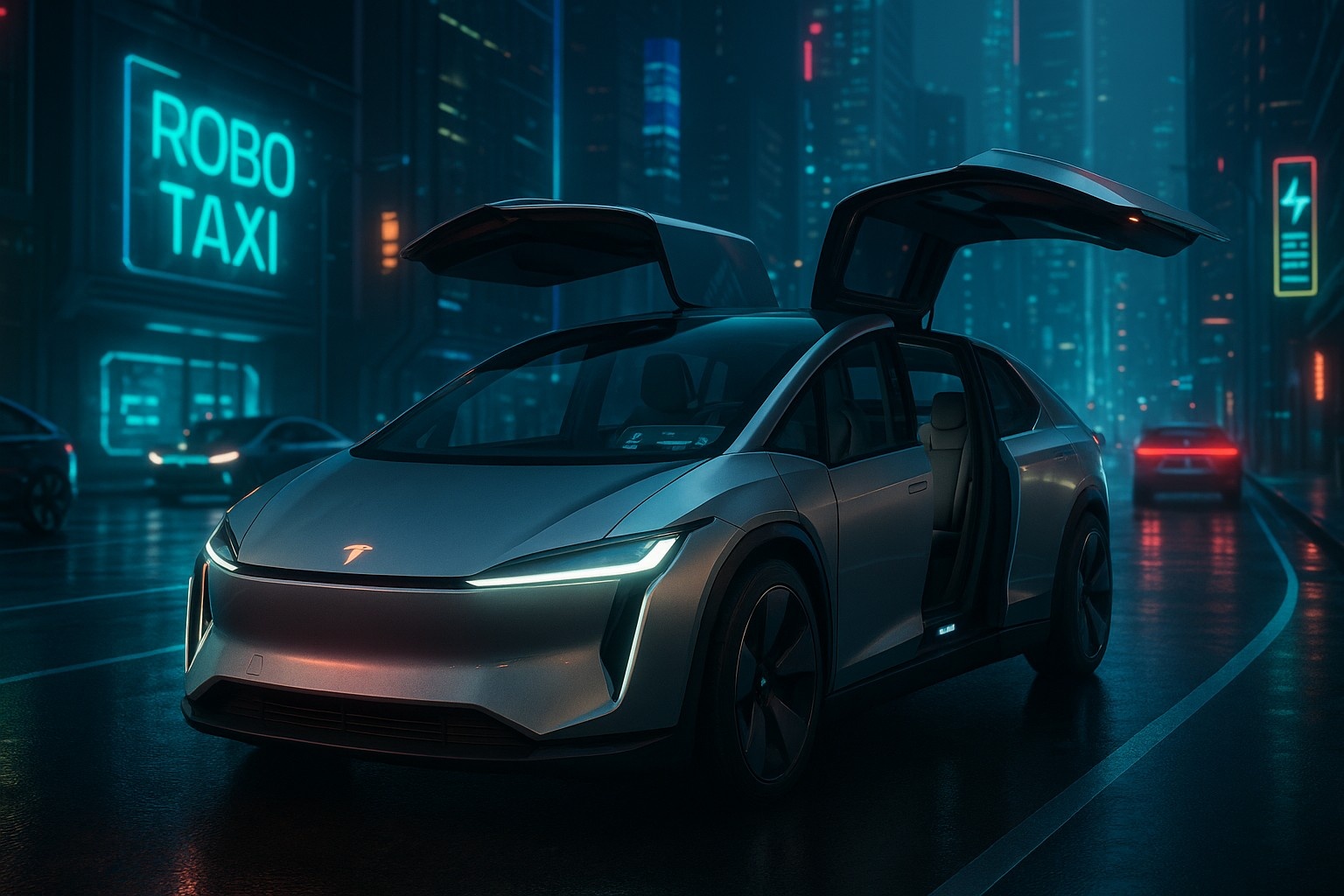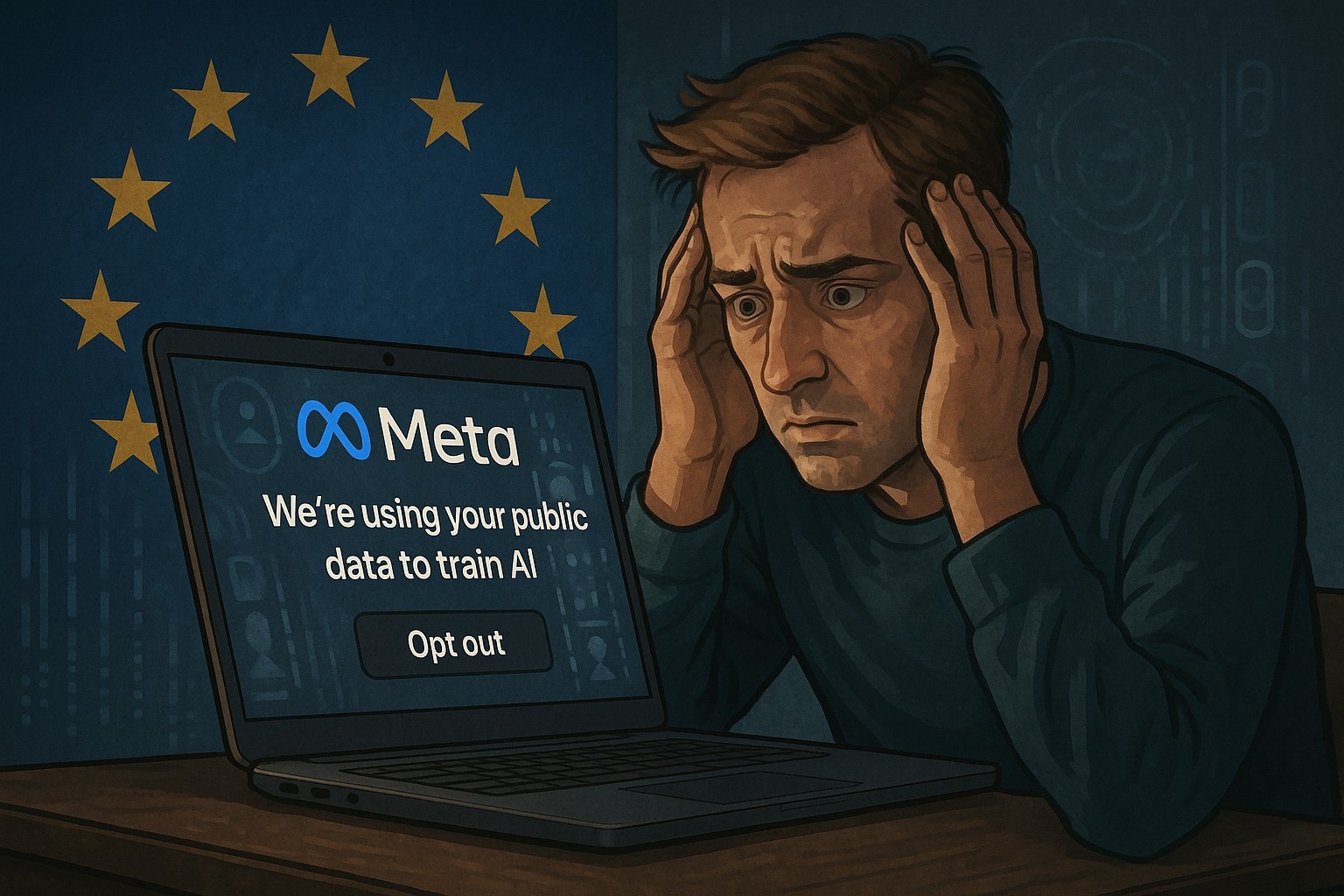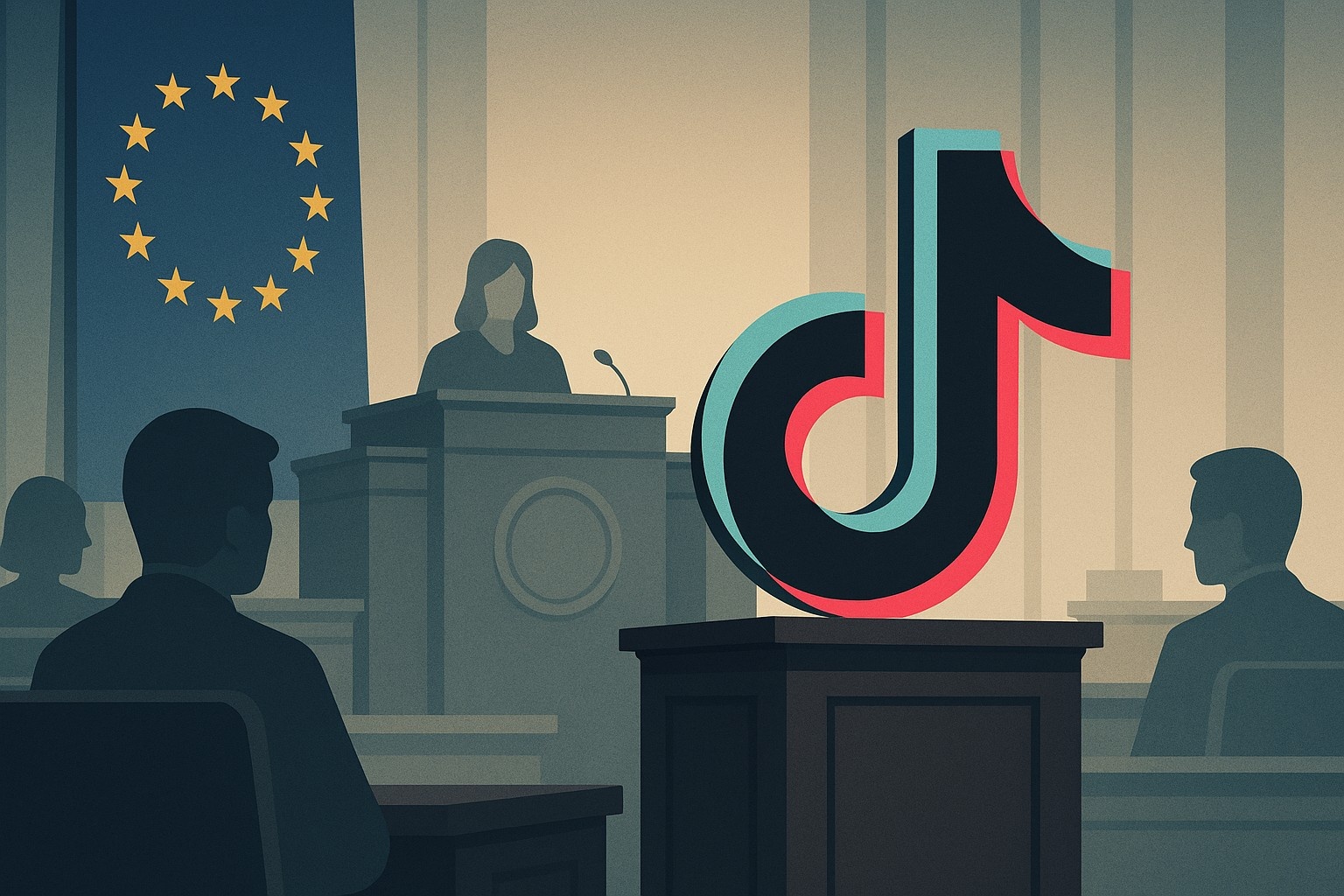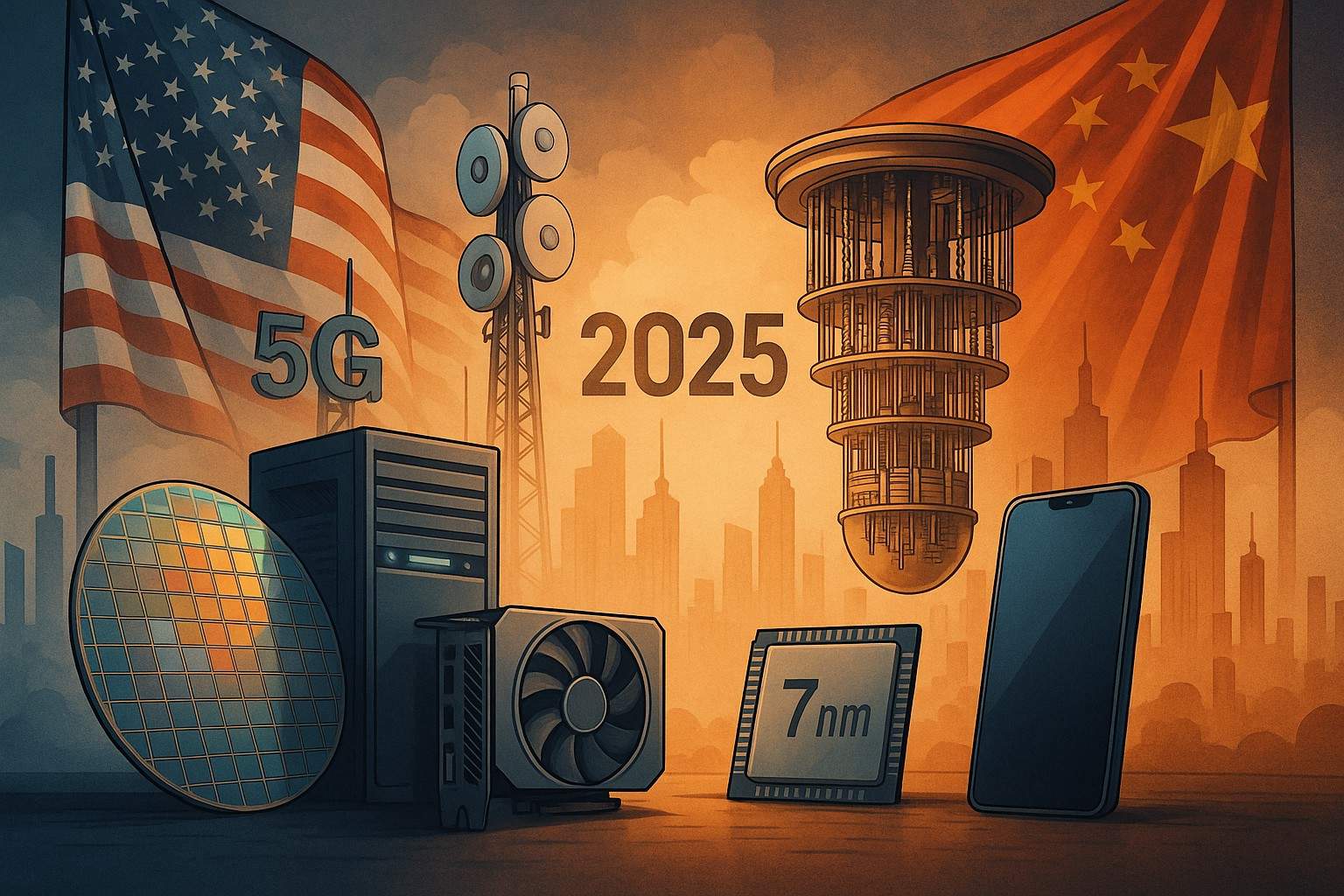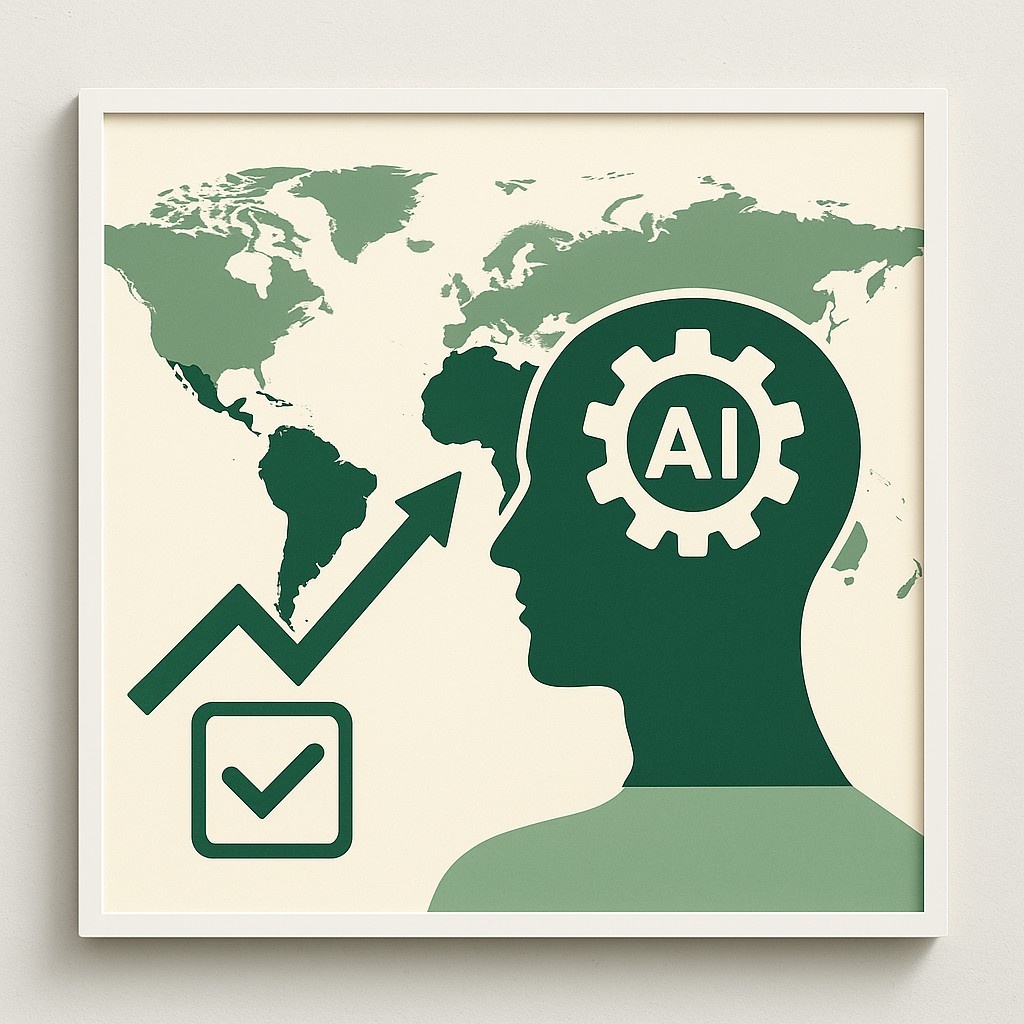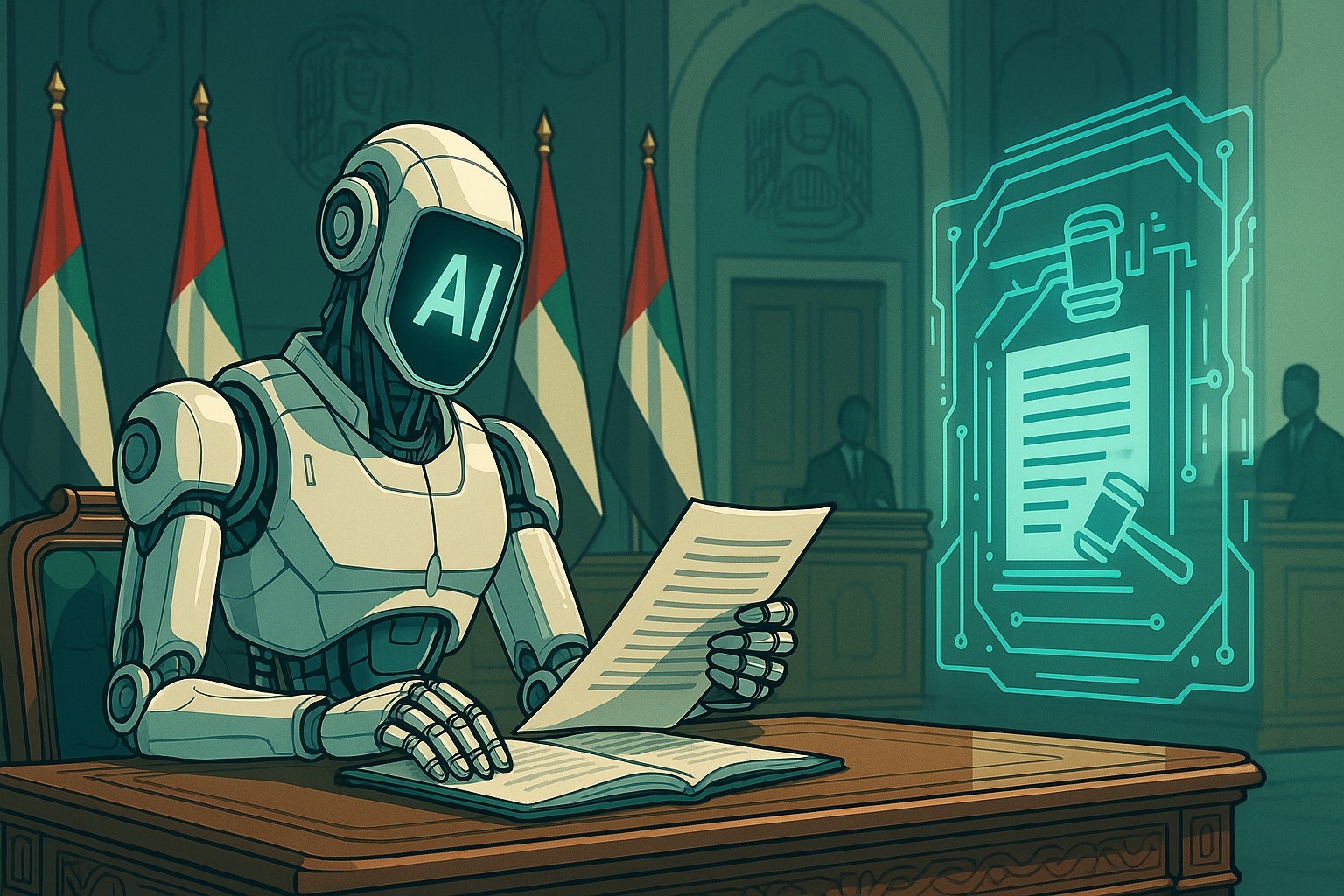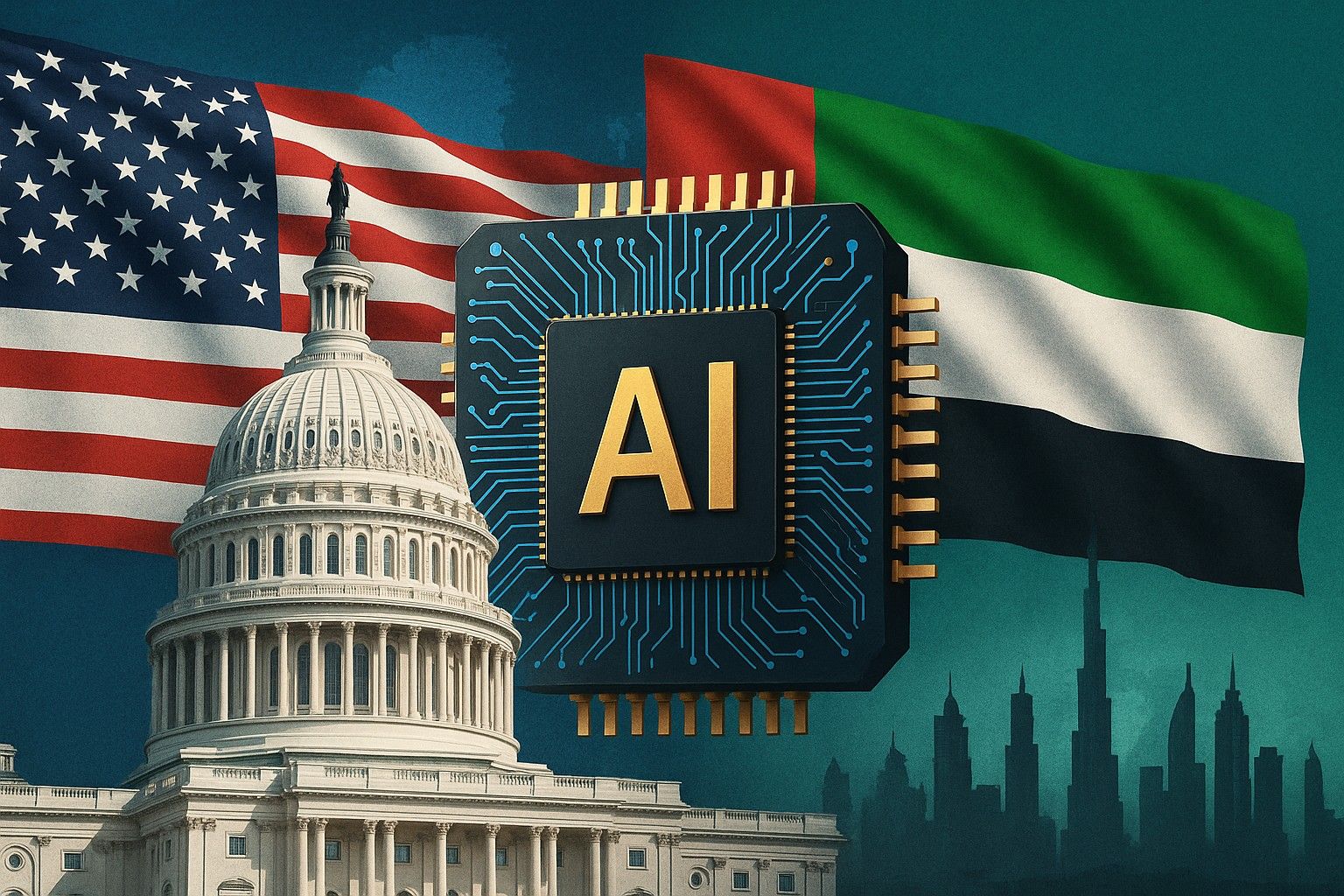Trump Signals Another TikTok Ban Delay — But the Clock Keeps Ticking
On May 5, 2025, former President Donald Trump once again hinted that he may extend the deadline for TikTok’s forced divestment in the U.S., signaling a possible third delay in enforcement of the controversial legislation aimed at breaking TikTok’s ties with its Chinese parent company, ByteDance.
As of now, the deadline for ByteDance to sell off TikTok’s U.S. operations or face a nationwide ban stands at June 19, 2025, under the Protecting Americans from Foreign Adversary Controlled Applications Act (PAFACA). But Trump’s latest comments suggest that even as that date draws near, he’s not in a hurry to pull the plug.
In his own words, during a recent interview:
“Perhaps I shouldn’t say this, but I have a little warm spot in my heart for TikTok.”
And with that, the future of one of the most downloaded apps in U.S. history has once again entered political limbo.
TikTok’s Ban Clock: Delayed Again?
The TikTok saga has been dragging on for years now, through executive orders, court rulings, failed sale attempts, and escalating tech tensions between the U.S. and China. But in 2024, Congress passed PAFACA, a law giving the President direct authority to ban apps controlled by foreign adversaries, unless their ownership is divested to an American entity.
TikTok was the clear target. ByteDance was given 270 days to complete the sale — with the deadline originally set for late March 2025.
Trump has already granted two 75-day extensions. The current deadline, June 19, was seen as final.
Now? Not so much.
Why Trump Might Delay Again
There are a few reasons Trump may once again back away from enforcing a ban:
-
TikTok’s Popularity with Young Voters
Let’s not kid ourselves — TikTok is wildly popular with Gen Z and younger millennials, a demographic Trump can’t afford to alienate if he wants to build broader support in a tight election year. TikTok may not decide the election, but banning it could spark a massive backlash online, especially if no American replacement is ready.
-
No Deal on the Table
Despite interest from several U.S. companies and investors, no concrete sale of TikTok U.S. has been finalized. Tech firms like Oracle, Microsoft, and even some private equity groups have circled the waters, but ByteDance has not moved forward with a buyer — likely due to concerns over AI model separation, algorithm ownership, and Chinese regulatory restrictions on tech exports.
If Trump forces a ban without a deal ready, it could backfire economically and diplomatically.
-
_ China-U.S. Relations
Another factor is timing. With tensions already high between Washington and Beijing — including disputes over Taiwan, AI chip restrictions, and military activity in the South China Sea — TikTok could be used as a bargaining chip, not a battlefield.
By delaying again, Trump keeps options open while sending a message that the U.S. still expects movement — but isn’t ready to escalate.
Where Do Things Stand Legally?
The law is clear: if ByteDance doesn’t divest by the deadline, TikTok must be removed from U.S. app stores and U.S. companies (like Apple, Google, Amazon Web Services) would be banned from providing it services.
But legal scholars say enforcement won’t be easy. TikTok has already challenged earlier executive orders in court — and won. ByteDance could do so again, this time under arguments related to:
- Free speech
- Due process
- Excessive executive overreach
Meanwhile, U.S. tech firms involved in hosting TikTok — especially cloud providers and app platforms — may resist enforcement without clear legal cover.
So even if Trump decides to move forward, don’t expect the app to disappear overnight.
Behind the Scenes: What ByteDance Is Doing
ByteDance is keeping a low profile in U.S. media — but behind the scenes, the company is:
- Lobbying quietly in Washington
- Exploring spinout models that preserve the algorithm in China but move data and branding to U.S. servers
- Studying how other companies have complied with foreign-ownership restrictions, like Tencent’s minority stakes in Riot Games and Epic
Sources suggest ByteDance isn’t eager to sell TikTok U.S., partly because the app’s core recommendation engine is integrated deeply into its global AI architecture. Splitting it off — or giving access to an American buyer — could compromise their entire AI IP base.
At the same time, ByteDance can’t afford to lose the U.S. market, which brings in billions in revenue and data.
Public Reaction: Fatigue and Frustration
Users are caught in the middle. Many Gen Z creators feel burned out by the back-and-forth and don’t know if they should move to Instagram Reels, YouTube Shorts, or even newer platforms.
TikTok’s community of influencers, musicians, educators, and small businesses continues to grow — but uncertainty over its future in the U.S. is limiting brand deals, reducing platform investment, and confusing advertisers.
Ironically, TikTok has tried to be more American — hiring former U.S. security officials, opening a transparency center in D.C., and promising to store all U.S. user data in Oracle’s cloud. But none of that seems to have been enough to fully satisfy political concerns.
So What Happens Next?
The clock is ticking, and here are the three likely outcomes:
-
Trump Grants Another Delay (Most Likely)
He uses the delay to buy time and seek a cleaner deal. Avoids voter backlash. Keeps legal pressure on ByteDance without escalation.
-
Trump Lets the Ban Deadline Hit
TikTok files a lawsuit immediately. App stores may hesitate to act without a clear court ruling. Chaos and confusion in the short term, with users unsure if the app will disappear.
-
A Surprise Deal Emerges
A U.S. buyer steps in with a complex divestment model. ByteDance splits TikTok’s U.S. operations while retaining algorithm rights. Legal questions remain, but the app stays alive under new branding.
Final Thoughts
TikTok’s U.S. future remains as murky as ever — caught between politics, data privacy concerns, election-year calculations, and global tech rivalry.
As of May 5, 2025, it looks like President Trump still isn’t ready to push the nuclear button. Whether it’s nostalgia, political instinct, or strategy, another delay seems likely.
But at some point, the delays themselves become the message — and both TikTok and the American public deserve clarity.
Because this isn’t just about one app.
It’s about how the U.S. handles global tech in an era where code, content, and national interest are more entangled than ever before.
